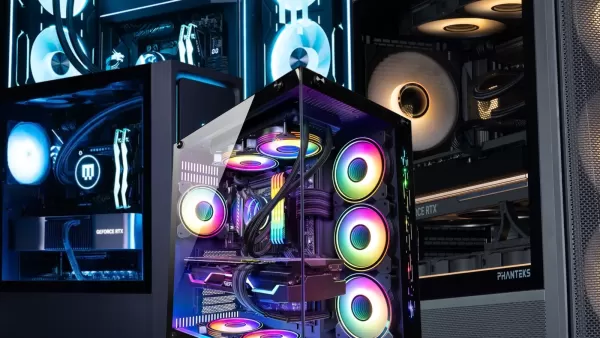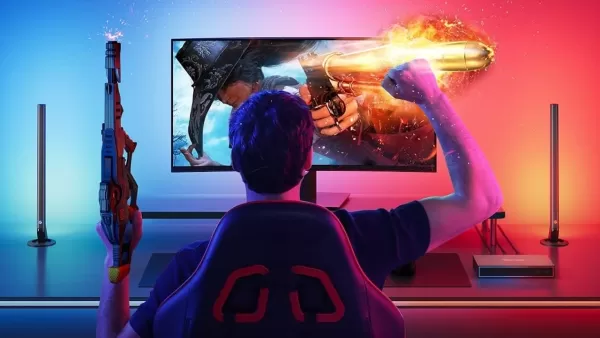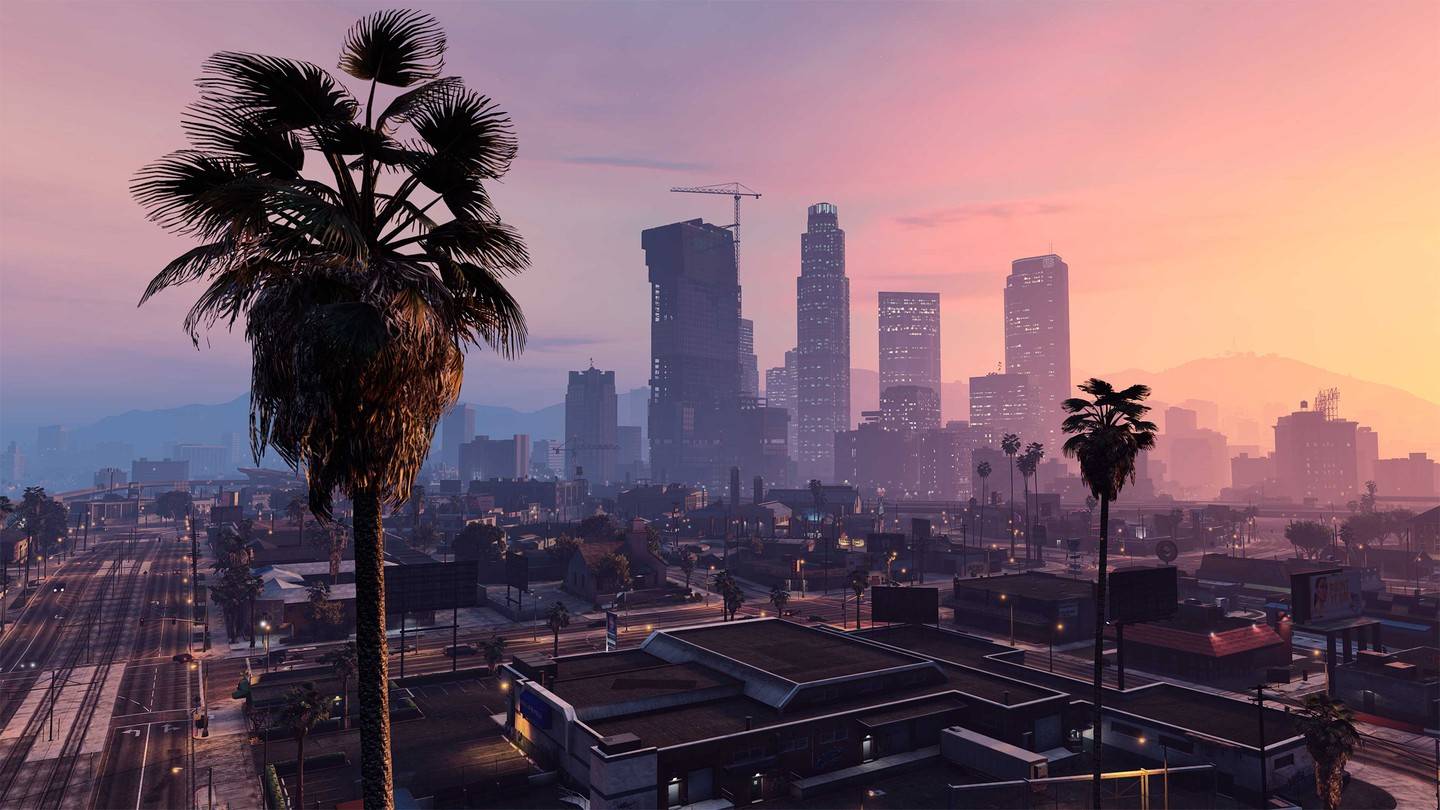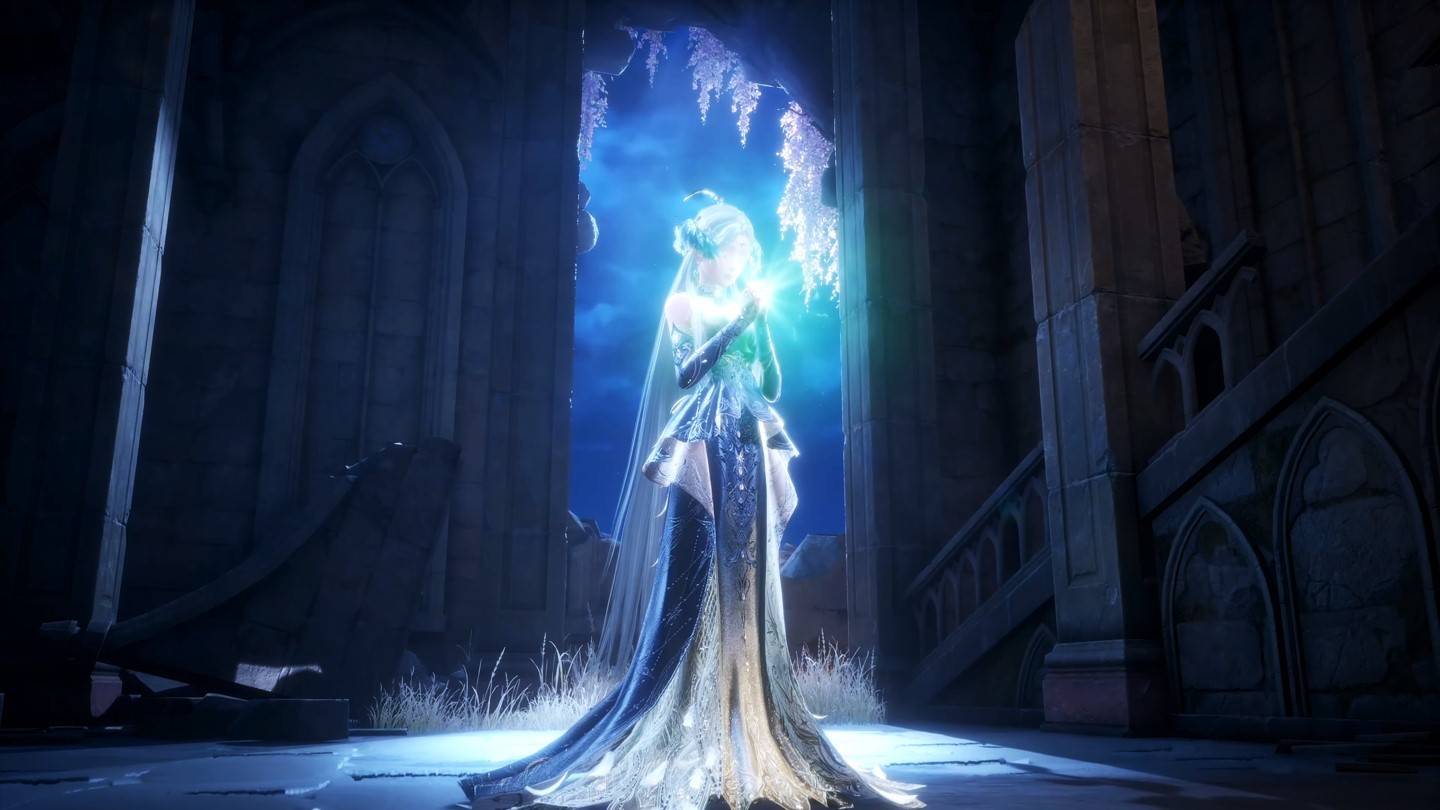RTX 5080 Upgrade on Old Hardware: Rough but Convinced Me of Multi-Frame Generation
The launch of Nvidia's RTX 5080 and its cutting-edge DLSS 4 technology sent waves of excitement through the gaming community, promising AI-enhanced visuals and unprecedented frame rates. As someone who cherishes the artistic details in video games, the prospect was thrilling. Yet, my aging "grandpa-build" gaming PC made me pause. My trusty RTX 3080 had served me well, initially delivering a smooth 60 fps at 4K on max settings, but its performance had dwindled over time, forcing me to lower settings to maintain playability—a compromise I loathed.
To my relief, the RTX 5080 was compatible with my setup, which included a 1000-watt PSU to manage the power transition. However, integrating it wasn't without challenges. Despite my initial frustrations and criticisms of DLSS 4, the multi-frame generation technology made a significant impact, ultimately convincing me of its value.
Installing the RTX 5080 – 4 Hours Later
-------------------------------------------My PC, though not ancient, features an AMD Ryzen 7 5800X processor and 32GB of RAM housed in a Gigabyte X570 Aorus Master motherboard. Swapping out the graphics card should have been straightforward, but it turned into a saga. I mistakenly thought the power cables from my RTX 3080 would suffice for the RTX 5080. After plugging in the PCIe 8-pin cables, the GPU's LEDs remained dark.
With my PC already disassembled, I turned to DoorDash to expedite the acquisition of PCIe 12-pin cables, ordering a set of Corsair PCIe Gen 5 Type 4 600-watt power cables from a distant Best Buy for $44. Within an hour, I had the cables and eagerly reconnected everything. The GPU flickered to life, but my monitors stayed blank, and a red light on my motherboard signaled a VGA issue. The culprit? The chunky chipset fan on the X570 Aorus Master was obstructing the RTX 5080 from fully seating into the PCIe x16 slot. After much effort, I resigned to using a PCIe x8 slot instead.

RTX 5080 Running on My Grandpa-Build
-------------------------------------------After conducting 30 benchmarks across five different games, the RTX 5080's raw performance on my system was underwhelming. However, enabling DLSS 4 revealed the impressive numbers Nvidia had promised. While I yearn to experience games as the developers intended, DLSS 4 has become essential for aging setups like mine.
DLSS 4 is Nvidia's advanced super sampling technology that boosts performance and enhances image quality. Unique to the RTX 50-series is Multi Frame Generation, which leverages AI to generate up to three frames for every rendered frame, though it's only available in supported games.
In Monster Hunter Wilds, my quest for vengeance against poor optimization began. At 4K with Ultra settings and RT High, the RTX 5080 managed 51 fps without DLSS. Switching to DLAA and enabling regular frame generation (2x) boosted performance to 74 fps, and Ultra Performance mode pushed it to 124 fps. Although Multi-frame Generation (4x) wasn't natively supported, a workaround exists.
In Avowed, the RTX 5080 initially struggled at 35 fps on Ultra settings at 4K with RT enabled and DLSS off. Activating DLAA and Multi Frame Generation (MFG) skyrocketed the frame rate to 113 fps—a staggering 223% increase. Ultra Performance mode doubled the frame rate again.
Oblivion: Remastered presented a unique challenge. At Ultra settings, 4K, and RT Ultra without DLSS, performance dipped to 20 fps, occasionally reaching 40 fps with an average of 30 fps. Utilizing DLAA and MFG, I achieved 95 fps, and Ultra Performance mode delivered 172 fps.
Marvel Rivals, a game I typically had no issues with, required precision due to its competitive nature. At Ultra settings and 4K without DLSS, the RTX 5080 hit 65 fps with a 45ms latency. With DLSS set to Native and MFG enabled, I reached 182 fps but with a 50ms latency. The best latency was achieved on Performance mode with standard frame generation, yielding 189 fps and a 28ms latency.
Lastly, I benchmarked Black Myth Wukong at Cinematic settings, 4K, with DLSS at 40% and RT Very High, achieving 42 fps. Enabling frame generation increased this to 69 fps, and Multi-frame Generation could theoretically push it to 123 fps.

The raw performance of the RTX 5080 on my old setup was disappointing, partly due to the RTX 50-series' modest leap in raw performance. Yet, DLSS 4 revolutionized my gaming experience.
You Don’t Need a New PC for a New GPU
-------------------------------------------While DLSS 4 and Multi-Frame Generation have their limitations, they can significantly enhance gaming on older hardware. I noticed some fuzziness and artifacts in textures and inventory screens, reminding me that DLSS 4 isn't perfect. It trades raw fidelity for improved frame rates and an optimized visual experience, which can be vital for poorly optimized ports. However, I hope developers don't lean too heavily on this technology to mask game optimization issues.
My journey with the RTX 5080 underscores that new GPUs can still perform remarkably well in less-than-ideal setups. Upgrading to a new power supply and compatible cables may be necessary, but a complete PC overhaul isn't. With GPUs being both expensive and scarce, it's reassuring to know you can still leverage cutting-edge technology without breaking the bank.
How long my current setup will suffice remains to be seen, but DLSS 4 and Multi-Frame Generation have certainly extended its life, at least long enough for me to confront Wesker in my next gaming adventure.

Latest Articles































